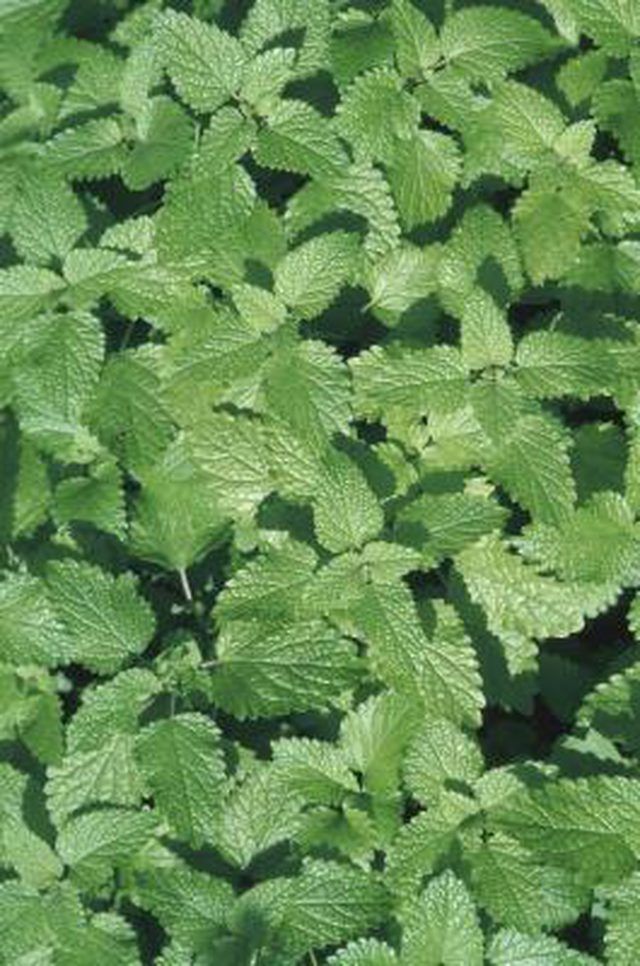Bulbs
Flower Basics
Flower Beds & Specialty Gardens
Flower Garden
Garden Furniture
Garden Gnomes
Garden Seeds
Garden Sheds
Garden Statues
Garden Tools & Supplies
Gardening Basics
Green & Organic
Groundcovers & Vines
Growing Annuals
Growing Basil
Growing Beans
Growing Berries
Growing Blueberries
Growing Cactus
Growing Corn
Growing Cotton
Growing Edibles
Growing Flowers
Growing Garlic
Growing Grapes
Growing Grass
Growing Herbs
Growing Jasmine
Growing Mint
Growing Mushrooms
Orchids
Growing Peanuts
Growing Perennials
Growing Plants
Growing Rosemary
Growing Roses
Growing Strawberries
Growing Sunflowers
Growing Thyme
Growing Tomatoes
Growing Tulips
Growing Vegetables
Herb Basics
Herb Garden
Indoor Growing
Landscaping Basics
Landscaping Patios
Landscaping Plants
Landscaping Shrubs
Landscaping Trees
Landscaping Walks & Pathways
Lawn Basics
Lawn Maintenance
Lawn Mowers
Lawn Ornaments
Lawn Planting
Lawn Tools
Outdoor Growing
Overall Landscape Planning
Pests, Weeds & Problems
Plant Basics
Rock Garden
Rose Garden
Shrubs
Soil
Specialty Gardens
Trees
Vegetable Garden
Yard Maintenance
How to Fertilize Mint
How to Fertilize Mint. Mint grows as a hardy perennial in most climate zones. The plants spread profusely during the summer, so it's best to plant them in a sunken pot or confined garden bed. Mint doesn't require a high amount of fertilizer if you plant it in rich, well-drained soil. Too much fertilizer can prevent the plant from producing the oils...

Mint grows as a hardy perennial in most climate zones. The plants spread profusely during the summer, so it's best to plant them in a sunken pot or confined garden bed. Mint doesn't require a high amount of fertilizer if you plant it in rich, well-drained soil. Too much fertilizer can prevent the plant from producing the oils that make the leaves flavorful. A once yearly application, beginning when you originally plant the mint and reapplied each spring, provides enough nutrients for the mint to remain healthy.
Things You'll Need
Composted manure
16-16-8 fertilizer
16-16-16 fertilizer
Spread 2 inches of composted manure over the planting site before planting new mint plants. Compost provides nutrients and improves the drainage of the bed.
Sprinkle ? tsp. of a slow-release 16-16-8 fertilizer over each square foot of mint bed before you plant. Turn the fertilizer and compost into the top 6 inches of the bed. Plant the mint after adding the compost and fertilizer.
Fertilize existing mint once yearly in spring as the plant begins putting on new growth. Sprinkle 1 tsp. of 16-16-16-blend fertilizer around each plant, but avoid applying the fertilizer directly to the stems or leaves.
Irrigate the mint immediately following fertilization. Water dilutes the fertilizer, and so the plants are better able to absorb the nutrients.
Tips & Warnings
Over-fertilization can result in rust and fungus problems on mint, in addition to diminished flavor.